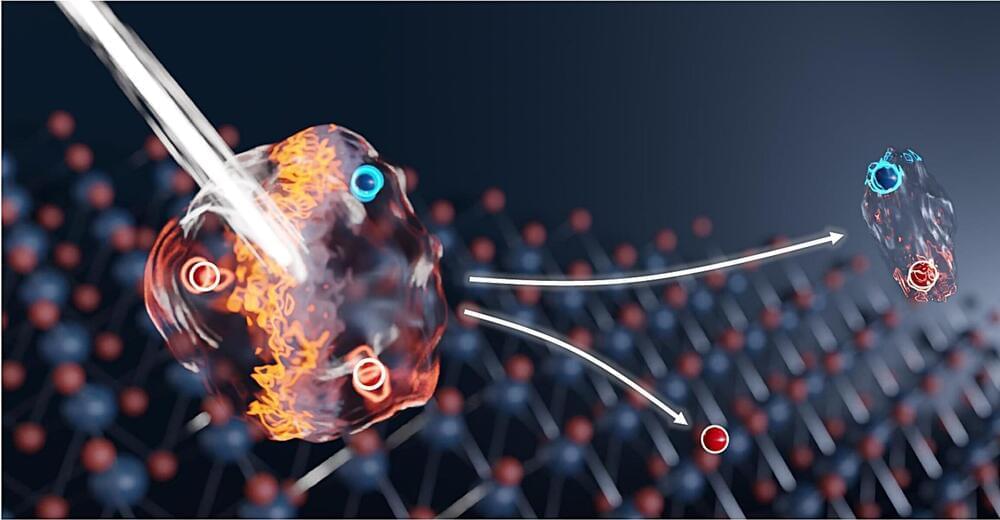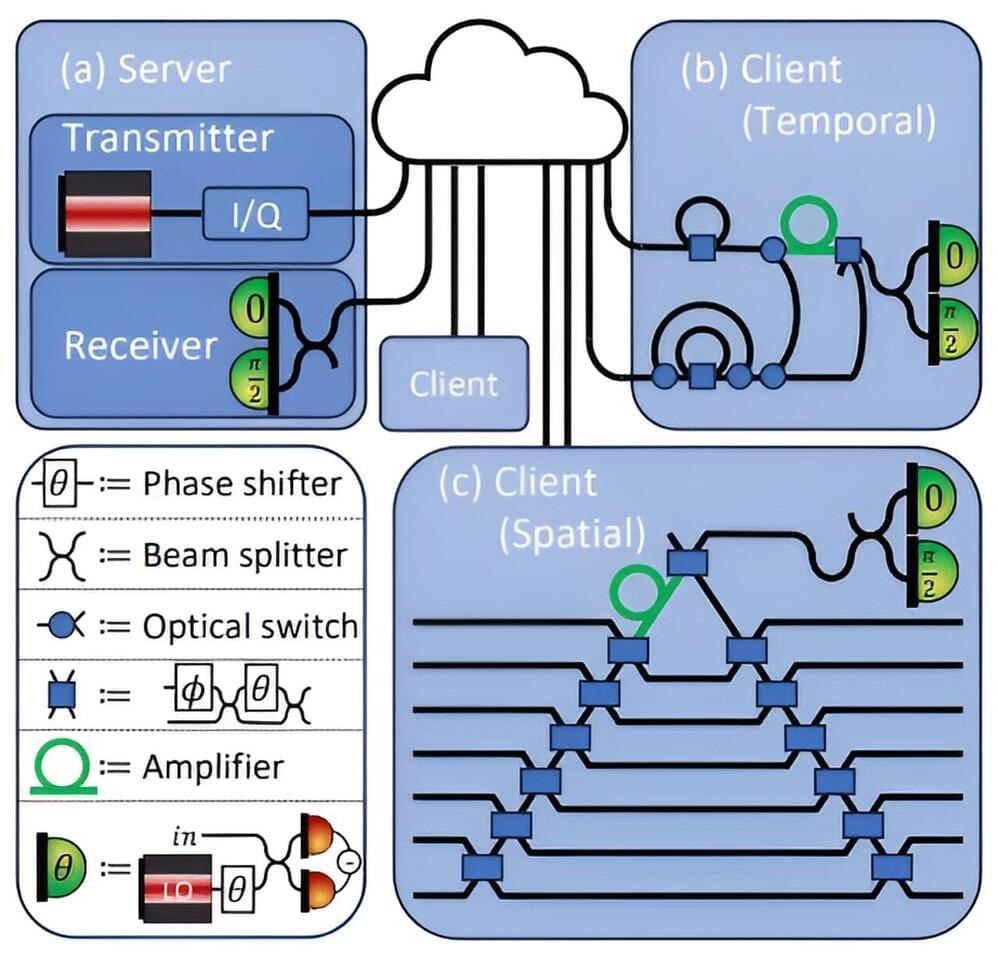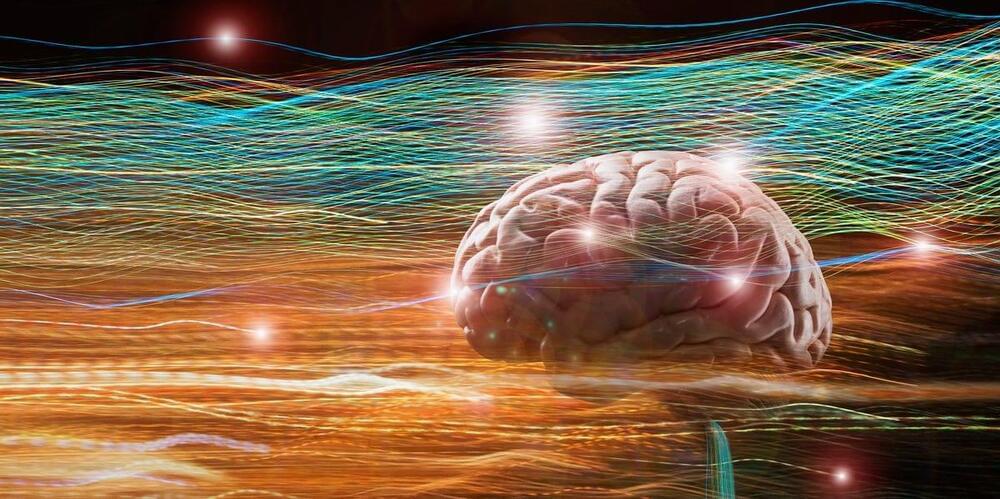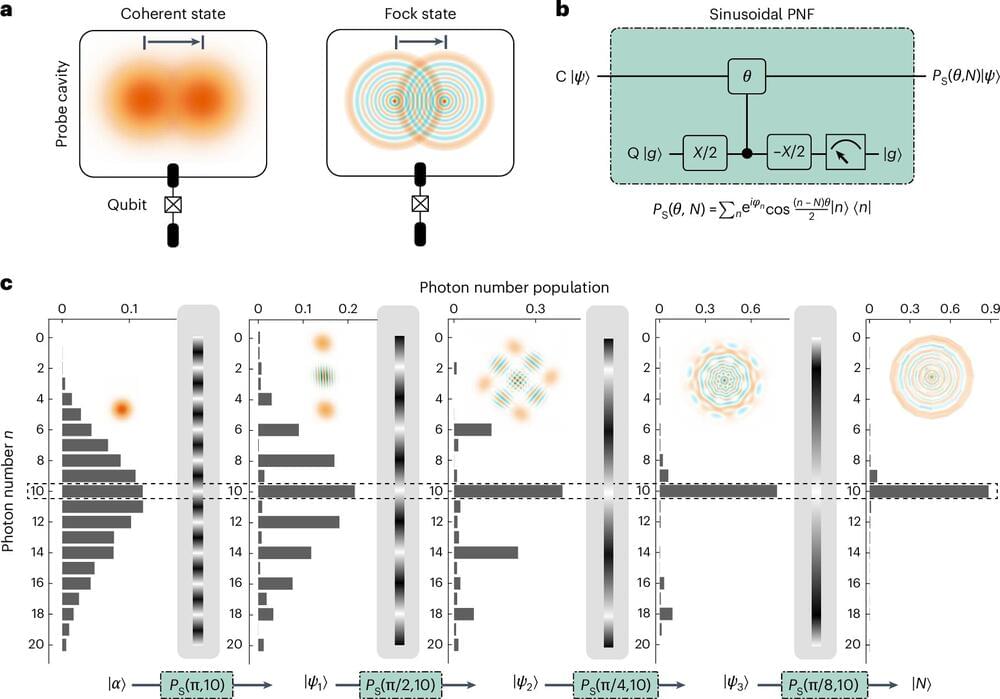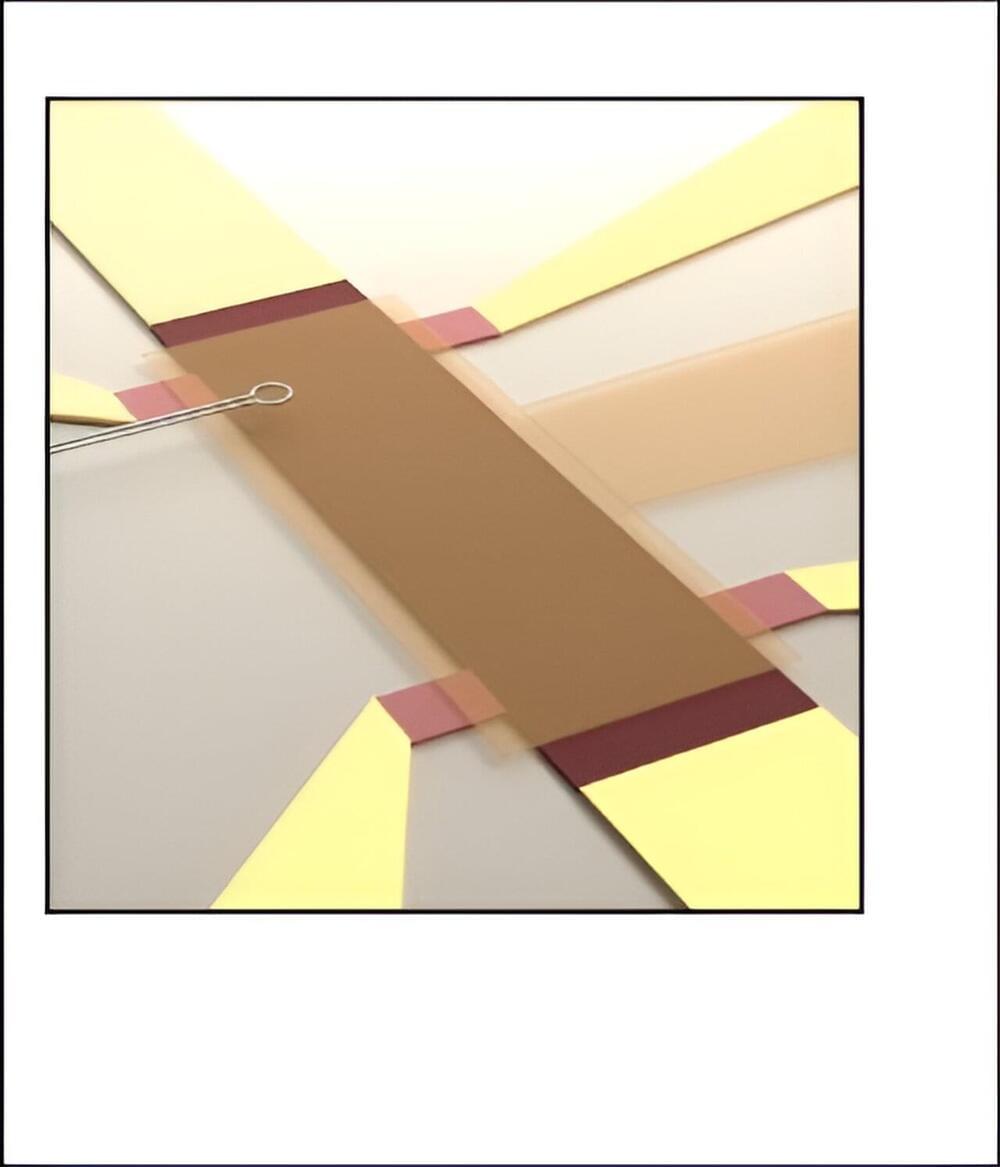Take a listen to this 7-min.
Podcast preview discussing the D-Theory of Time paper and the upcoming eBook release: The nature of time has long been a subject of profound inquiry within both the realms of physics and philosophy. This research paper introduces the “D-Theory of Time,” a novel conceptual framework that seeks to advance our comprehension of temporal mechanics. Departing from traditional paradigms, the D-Theory posits that time is not merely a linear progression of events but a dynamic, multidimensional construct influenced by both physical and cognitive phenomena. By integrating insights from quantum mechanics, relativity, and cognitive science, this theory offers a more holistic understanding of temporal flow and its implications on our perception of reality. Key elements include the exploration of temporal entanglement, the fluidity of past, present, and future, and the interplay between consciousness and temporal experience. This paper aims to elucidate the foundational principles of the D-Theory, provide empirical support through experimental data, and discuss its potential to resolve longstanding paradoxes in the study of time. The D-Theory of Time represents a significant upgrade to our understanding of temporal mechanics, opening new avenues for research and philosophical contemplation.
TEMPORAL MECHANICS: D-Theory as a Critical Upgrade to Our Understanding of the Nature of Time, The Seminal Papers series, by Alex M. Vikoulov, is now available to pre-order as a Kindle eBook on Amazon!

